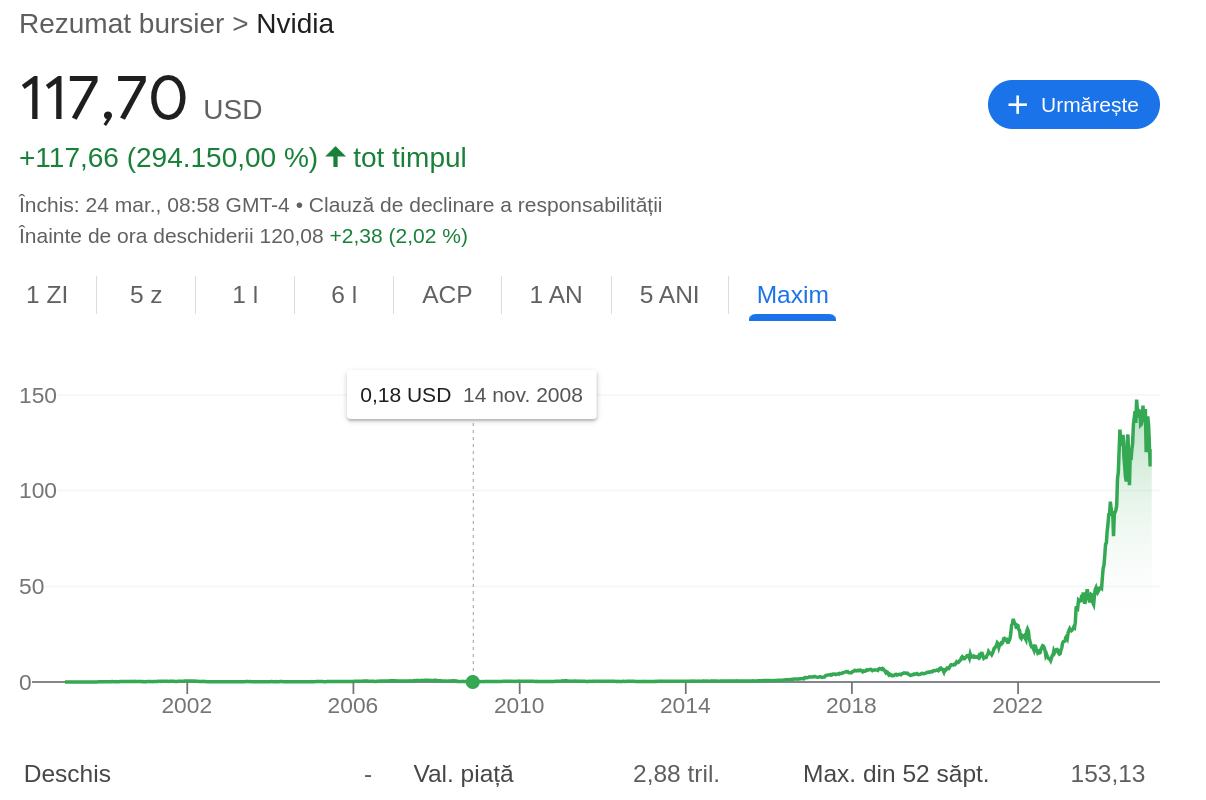
Why Invest in the Best Performers from the S&P 500?
The S&P 500 is an index composed of 500 of the largest American companies, but not all of them perform equally well. For example, if we look at the last 10 years, we can see that the top 30 best-performing companies have significantly outpaced the average returns of the index.
- The S&P 500 grew by approximately 144% from 2017 to 2024.
- If you had invested only in the top 30 companies, your return would have been over 280%.
Smart Diversification: 20, 30, or 100 Companies?
To beat the S&P 500 in the long run, you don’t need to buy just one or two companies. You can create a portfolio consisting of 20, 30, or even 100 of the best-performing stocks. This way, you have enough diversification to reduce risks while ensuring that your money is allocated to top companies.
Key Criterion: Net Profit Margin > 15%
A simple method to identify strong companies is to look at their net profit margin. If a company has a net profit margin greater than 15%, it means it offers a highly competitive product or service, possibly close to a monopoly.
Examples of companies with high-profit margins:
- NVIDIA (Net Profit Margin: ~40%)
- Apple (Net Profit Margin: ~25%)
- Microsoft (Net Profit Margin: ~34%)
Consistent Investing and Buying at a Discount
A simple strategy is to invest a fixed amount monthly (e.g., $1,000). But if you’re unsure what to invest in from your list, look for companies that are temporarily discounted (-10%, -20%, or even -50%). A high-quality company that is undervalued due to short-term issues can be a great opportunity.
Examples of Companies That Have Grown Tremendously
By following this strategy, you could have bought stocks like:
- NVIDIA (10X growth in the last 7 years)
- AMD (20X growth)
- Apple (5X growth)
At the same time, some companies may decline—for example, Intel and 3M experienced drops of -30% and -50%. However, by maintaining a balanced portfolio, losses are offset by significant gains.
Include Dividend-Paying Companies
A well-structured portfolio should also include companies that pay dividends. Around 20% of your investments should be in such stocks.
Examples of Dividend Aristocrats:
- Johnson & Johnson
- Coca-Cola
- Procter & Gamble
Dividends received can help cover trading costs and allow for more reinvestment.
Why Is This Strategy Better Than an ETF?
- You always buy at a discount, unlike ETFs, which purchase the entire index, including weak-performing companies.
- You avoid annual management fees of 0.02% - 0.5% typical for ETFs.
- You have full control over your investments and can avoid underperforming companies.
Conclusion: Build a Successful Portfolio
If you follow this strategy for at least 7 years, you will see that some stocks in your portfolio will double, 5X, or even 10X in value. All you need to do is stay consistent, buy at a discount, and invest only in high-quality companies.
Disclaimer
I am not a financial analyst, and this strategy is a personal case study. Any investment decision should be made at your own risk and after careful research. For example, by applying this strategy from 2017 to the present, my portfolio achieved a 280% return, compared to 144% if I had invested the same amounts in the S&P 500 ETF (VOO by Vanguard).







